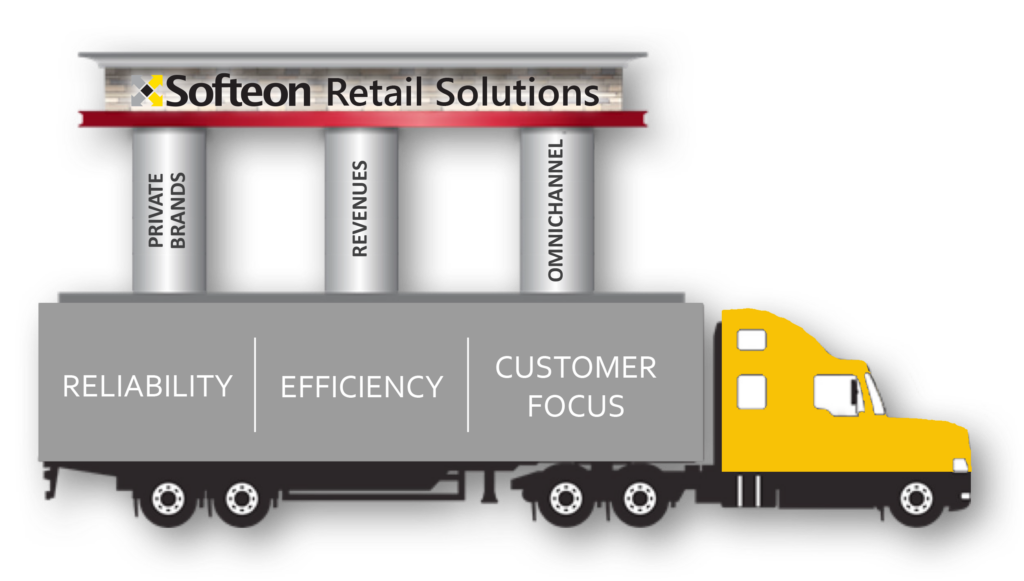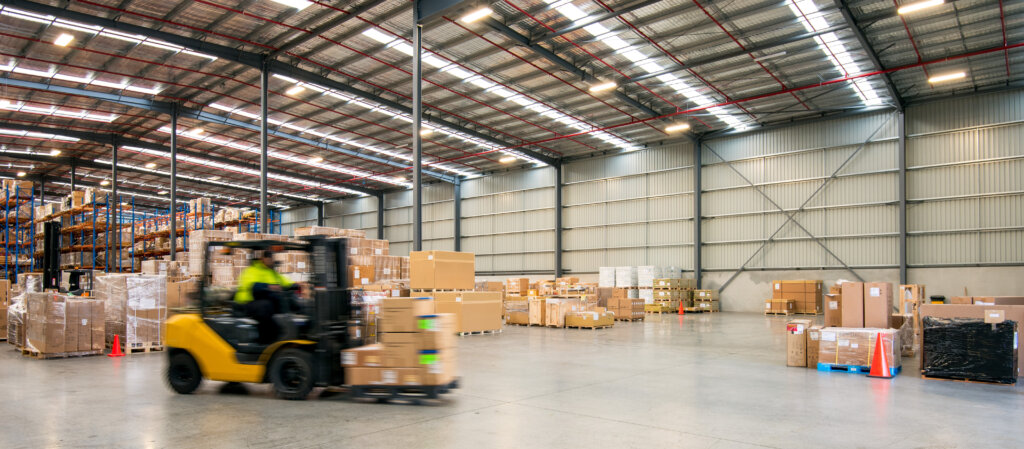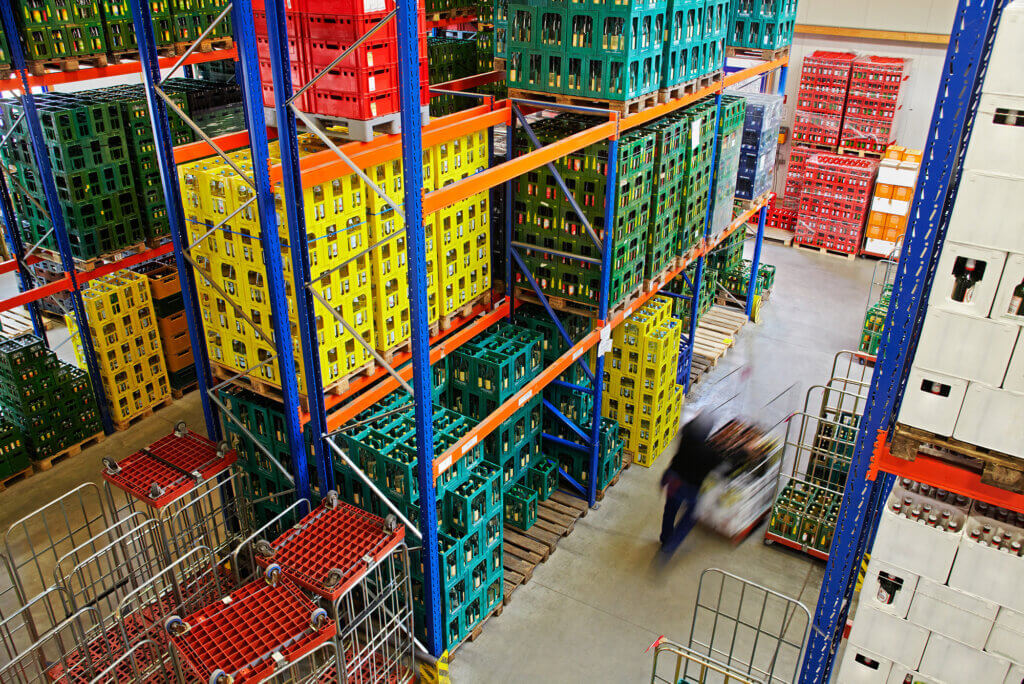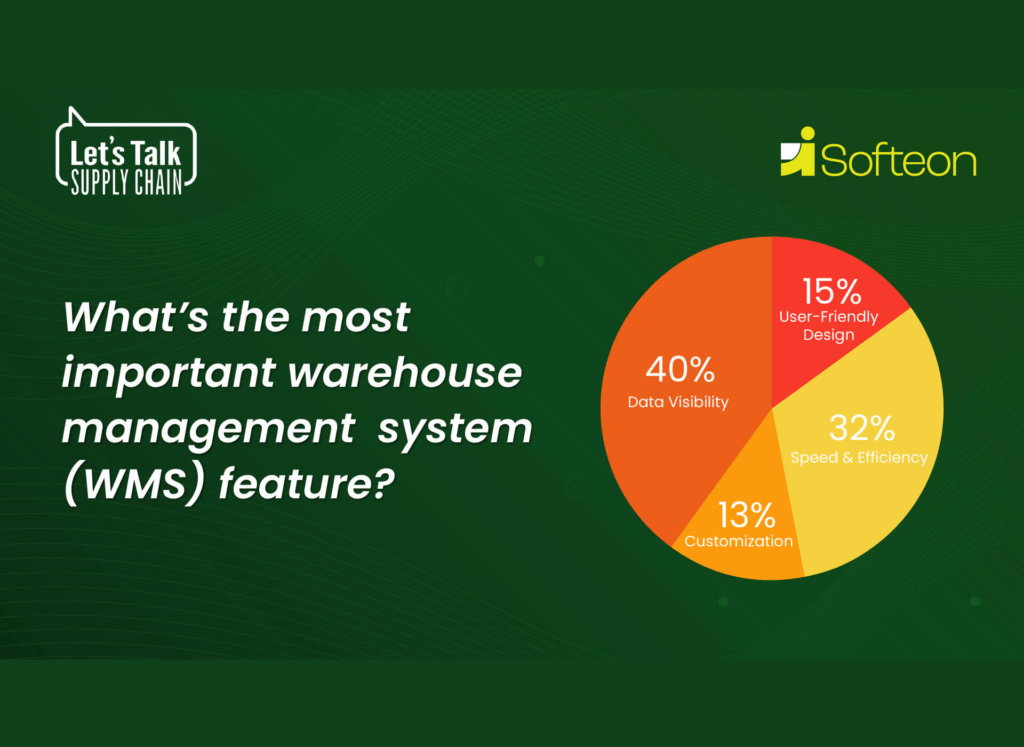Successful retailers understand that fulfilling customers’ ever-changing demand for faster, better and competitively priced products across multiple channels – mobile, in-store, online – requires a comprehensive approach. Alternative multi-channels are requiring substantial investments in technology, systems and new forms of infrastructure to support these new channels of delivery. To ensure consistency across these channels, retailers must rethink their business processes, streamline order and inventory management, and improve information flow through the entire supply chain.

Traditional retail supply chains are feeling the pressure to adapt, but many are burdened with legacy systems that are ill-equipped to handle the evolving demand for end-to-end customer engagement, according to Dale H. Allardyce of consulting firm Allen Austin.[1] Retailers with the best forecasting, inventory visibility, responsive distribution and delivery will ultimately offer the best customer experience and gain a significant market advantage. Unfortunately, Gartner research shows only 81% of retailers have a supply chain model that allows for inventory visibility across all channels, and only 16 percent of those have optimized transfer capabilities for fulfillment.[2]
Legacy systems have created a siloed approach to inventory, making it difficult to optimize fulfillment across all delivery channels. When the right systems are put into place that allow seamless integration, retailers gain inventory visibility that allows them to fulfill demand. Retailers with a multi-channel supply chain focus can offer services that customers prefer, like buying online and picking up in-store. Gartner reports only 34% of North American and European retailers offer this service in full, most likely because variables such as shipping, in-store pickup and delivery times are not in line with current capabilities.
When retailers are fully equipped to anticipate demand they can further refine shipping time and delivery costs, resulting in a better customer experience. Regardless of technology barriers, consumers want what they want. Most prefer to order products online if the option is available to return in-store or receive free shipping online, but not every retailer can offer that.
This technology gap is what stands between traditional retailers and their customers. Softeon’s (WMS) warehouse management software bridges that gap with an end-to-end suite of solutions. We can address your critical supply chain planning and execution processes, and eliminate the silos that fragment your systems and prevent a seamless experience. Our solutions support radio frequency (RF), voice and Radio Frequency Identification (RFID) technologies, and easily integrate with existing systems so multiple functions reside on a common platform. Our retail customers are benefiting from lower operating costs, improved throughput and greater productivity. We are helping them create clear market differentiations and gain competitive advantages in their industries.
If retailers want to meet consumer demand, they are going to have to do more than survive. Emerging new technologies are driving customer demand for better, faster and cheaper products. Retailers must deploy all of the tools they can to meet consumers’ needs regardless of where – or how – they shop.
[1] http://www.allenaustin.com/top-four-supply-chain-challenges-facing-todays-multichannel-retailers/
[2] http://www.gartner.com/smarterwithgartner/how-to-achieve-multichannel-supply-chain-excellence/




